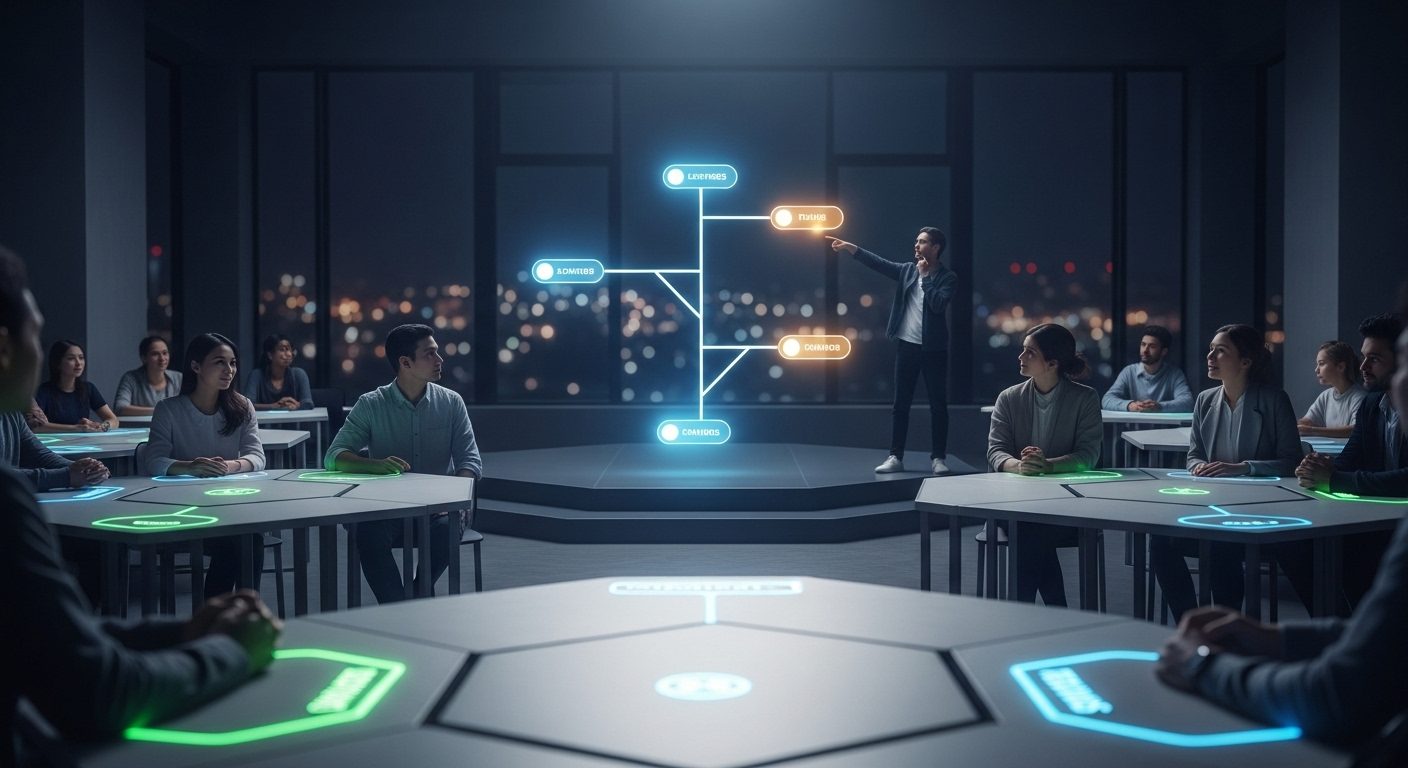Holographic Telepresence: The Next Frontier in Remote Communication
In a world where digital connections have become the norm, holographic telepresence is poised to revolutionize how we interact across distances. This cutting-edge technology promises to bridge the gap between virtual and physical presence, offering a more immersive and lifelike communication experience. As we stand on the brink of this exciting development, let's explore the potential of holographic telepresence and its implications for the future of remote interaction.

What is Holographic Telepresence?
Holographic telepresence is a technology that creates three-dimensional images of people or objects in real-time, allowing them to appear as if they’re physically present in a remote location. Unlike traditional video calls, which are limited to flat screens, holographic telepresence projects lifelike, 3D representations that can be viewed from multiple angles. This technology combines advanced optics, high-speed data transmission, and sophisticated image processing to create the illusion of physical presence.
The Technical Challenges
Creating convincing holographic projections in real-time is no small feat. It requires overcoming several technical hurdles, including:
-
High-resolution image capture: Multiple cameras must capture detailed 3D data of the subject from various angles.
-
Massive data transmission: Sending this 3D data in real-time requires enormous bandwidth.
-
Low-latency processing: The system must process and project the image with minimal delay to maintain the illusion of presence.
-
Advanced display technology: Specialized holographic displays are needed to project convincing 3D images without requiring viewers to wear special glasses.
Current State of the Technology
While fully realized holographic telepresence systems are still in development, several companies and research institutions are making significant strides. Tech giants like Microsoft and Google have been exploring holographic communication technologies, with prototypes demonstrating impressive results.
One notable example is the HoloLens 2, Microsoft’s mixed reality headset, which, while not a true holographic telepresence system, demonstrates the potential for 3D remote collaboration. Other companies, like PORTL, have created “holoportation” booths that project life-sized, 3D images of remote participants.
Potential Applications
The applications for holographic telepresence are vast and varied:
-
Business meetings: Executives could attend meetings in multiple locations simultaneously, appearing as if physically present.
-
Healthcare: Doctors could consult with patients remotely, examining them from all angles as if in the same room.
-
Education: Lecturers could teach classes globally, interacting with students in a more natural and engaging way.
-
Entertainment: Performers could appear “live” in multiple venues at once, revolutionizing the concert and theater experience.
-
Personal communication: Friends and family separated by distance could feel more connected through lifelike holographic interactions.
Challenges and Considerations
While the potential of holographic telepresence is exciting, several challenges must be addressed:
-
Cost: Current prototypes are extremely expensive, limiting widespread adoption.
-
Infrastructure: The technology requires significant bandwidth and specialized equipment.
-
Privacy concerns: The ability to project lifelike images of individuals raises new privacy and security questions.
-
Social adaptation: As with any new communication technology, society will need time to adapt and develop norms around its use.
The Road Ahead
As holographic telepresence technology continues to evolve, we can expect to see more refined and accessible systems in the coming years. Industry experts predict that within the next decade, holographic communication could become a common feature in high-end business settings and gradually make its way into consumer applications.
The development of 6G networks, with their promise of ultra-high-speed, low-latency data transmission, could provide the necessary infrastructure to support widespread holographic communication. Additionally, advancements in AI and machine learning are likely to play a crucial role in improving the realism and functionality of holographic projections.
Conclusion
Holographic telepresence represents a significant leap forward in our ongoing quest to bridge physical distances through technology. While still in its early stages, this innovation has the potential to transform how we communicate, work, and interact with the world around us. As the technology matures and becomes more accessible, we may find ourselves on the cusp of a new era in human connection – one where the boundaries between physical and virtual presence become increasingly blurred.





